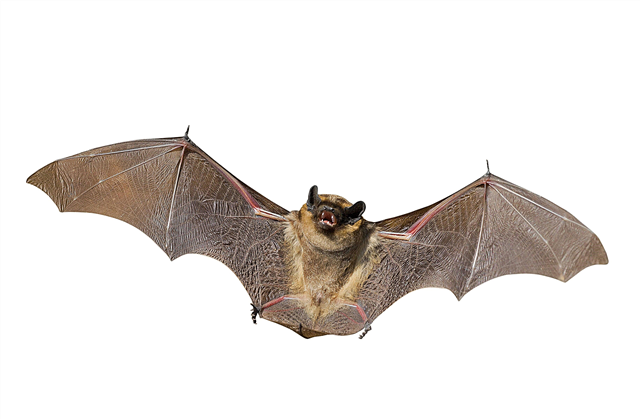
Wind is an air stream moving near the earth's surface. The wind is a familiar and natural phenomenon, but it is interesting to understand how it is formed and whether it can blow from different sides at the same time.
How is the wind formed?
Scientists have identified many varieties of winds that differ in speed, strength, distribution, source of occurrence, etc. The main criteria are strength, duration and direction. In weather forecasts, you can often hear different names for the wind.
For example, a gust of wind - a strong movement of air for several seconds. A flurry is a strong wind blowing for a minute. There are also storms, storms, typhoons, hurricanes - all these are the names of winds of various strengths and durations.
What causes the wind? The main reason for its formation is the difference in atmospheric pressure. The surface of the earth heats differently. Warm air has a lower weight, while cold air is denser and heavier. The wind is characterized by the direction of flows from the high pressure to the low. It happens as follows.
Near the ground, the air heats up and rises. Accordingly, the pressure on the earth's surface decreases due to a decrease in air density. Heated air at a height again cools, spreads, becomes denser and falls nearby. Pressure on the surface of the earth is increasing.As a result, this chilled air moves to the area where it has just been heated. Thus, due to this circulation, wind appears. The more significant the difference in pressure, the stronger and faster the wind.
Interesting fact: a separate type of wind - a breeze that occurs on the shore of a reservoir. He changes his direction twice a day. Daytime breeze blows in the direction from the reservoir to the land, and night - from the coast to the reservoir. A similar rule applies here with a difference in temperature and pressure. During the day, the coast heats up more strongly, and at night it cools faster than water.

There are also constant winds called monsoons and trade winds. They arise in a similar way, but on a larger scale. Monsoons are winds that change direction twice a year. They are best expressed in the tropics (in the Indian Ocean). Over the Eurasian continent in the summer they move from the ocean to land. In winter, the direction changes in the opposite direction.
Direction of the wind
Direction is one of the main air parameters. In meteorology, the azimuth of the point from where it blows is indicated as the direction of the wind. For example, if you arbitrarily direct one arrow to the north, and the other to any object, then the angle formed between them is the azimuth. To measure the direction of the wind, special devices are used - wind indicators, wind gauges, weathercocks, etc.
The wind can blow not only from two sides, but also from all sides at the same time. This is a rare, but quite possible phenomenon.A striking example of it is a tornado - an atmospheric vortex that forms in a cloud and reaches the surface of the earth. By the way, there are many varieties of such vortices that can form on the surface and then rise vertically.

Similar phenomena occur in places where there is a collision of air masses. In general, each air flow has its own direction and speed. But when such flows collide with each other, it turns out that the wind blows from different sides at the same time. Most often this happens in areas with complex terrain, multi-story buildings, etc. The direction of the wind changes dramatically in a small area, and vortices are formed due to the pressure drop.
The wind can blow from two or more sides at the same time. Flows are formed due to pressure drops due to heating of air near the ground and cooling above the ground. At the same time, air rushes from the high pressure zone to the low zone. When such processes occur in a small area, for example, between buildings or in areas with difficult terrain, air flows quickly. As a result, vortices form - the wind blows from several sides.












